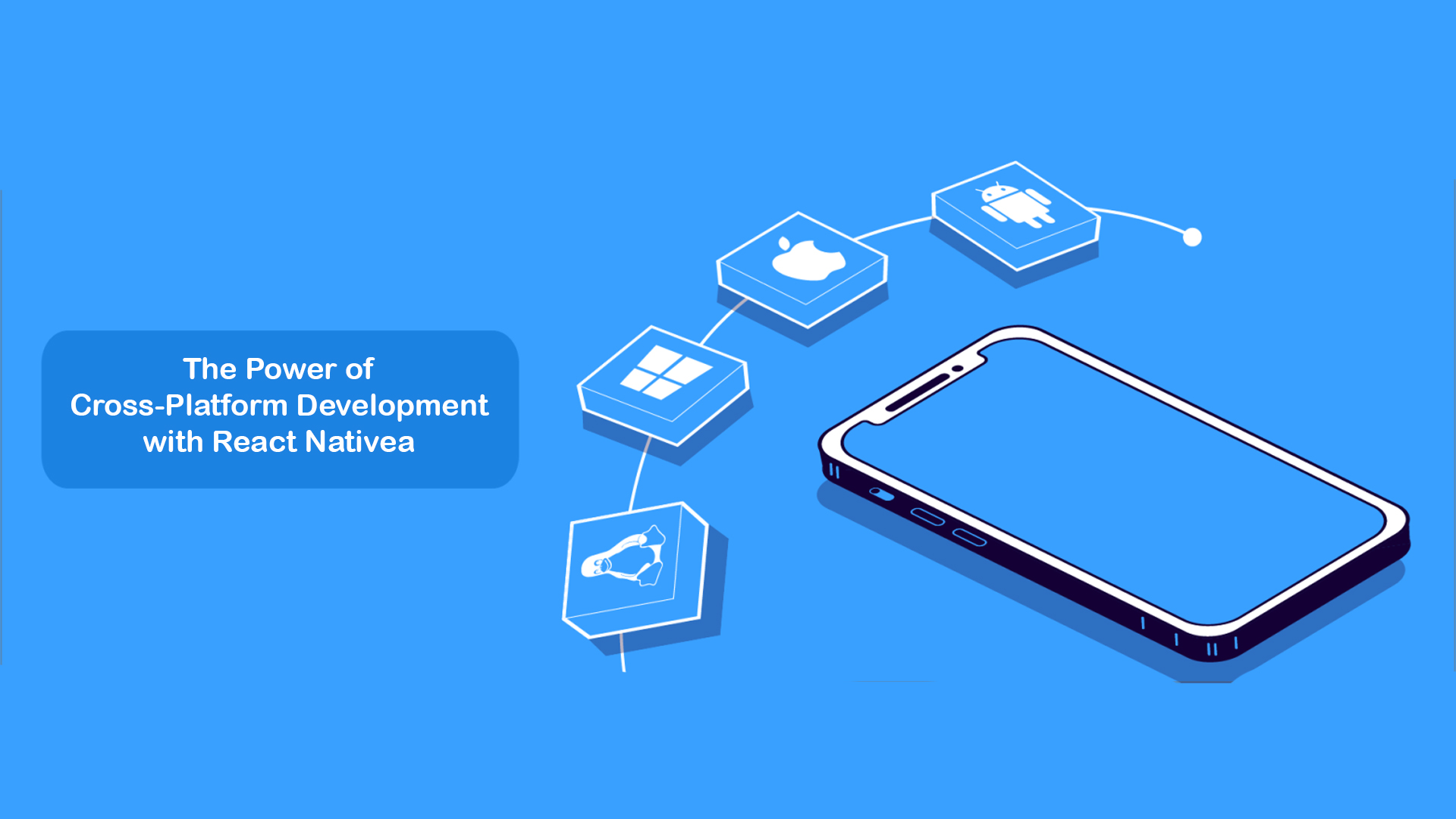3 December 2023
The Power of Cross-Platform Development with React Native

In a rapidly evolving digital landscape, businesses are continually seeking innovative solutions to reach a wider audience across multiple platforms. Enter React Native, a game-changer in the realm of mobile app development. This open-source framework, maintained by Facebook, allows developers to build high-quality mobile applications for both iOS and Android using a single codebase.
The Essence of React Native
React Native harnesses the power of React, a widely-used JavaScript library for building user interfaces, and extends its capabilities to mobile development. The magic lies in the ability to write code in JavaScript and render it using native components, providing a truly native experience to users.
Advantages of React Native
1. Cross-Platform Development
With React Native Developers can create apps that run seamlessly on both iOS and Android platforms. This not only saves time and resources but ensures a consistent user experience across devices.
2. Reusable Codebase
The "write once, run anywhere" philosophy is at the core of React Native. Developers can reuse a significant portion of the code between different platforms, reducing redundancy and speeding up the development process.
3. Hot Reloading
React Native's hot reloading feature enables developers to see the results of their code changes in real-time, without losing the current state of the app. This speeds up the debugging and development process, leading to faster iteration cycles.
4. Large Community Support
Being an open-source framework backed by Facebook , React Native benefits from a vast and active community. Developers can access a wealth of libraries, modules, and resources, making problem-solving and feature implementation more efficient.
Getting Started with React Native
1. Installation
Start by installing Node.js and the React Native CLI. Once set up, create a new project using the command line:
2. Development Environment
Use your preferred code editor (such as Visual Studio Code) and connect a device or set up an emulator to see your app in action.
3. Building Components
Leverage the power of React to build components. React Native provides a set of pre-built components for common mobile app elements, and you can also create custom components to suit your application's unique requirements.
4. Testing and Debugging
Take advantage of React Native's debugging tools and integrate with popular testing frameworks to ensure the reliability and performance of your app.
Realizing Your Vision
Whether you're a startup with a groundbreaking idea or an established business aiming to expand your digital presence, React Native offers a compelling solution. The framework empowers developers to create visually stunning, high-performance mobile applications with efficiency and speed.
As technology continues to advance, React Native stands as a testament to the potential of cross-platform development, providing a bridge between the worlds of iOS and Android. Embrace the future of mobile app development – embrace React Native.
Ready to embark on your React Native journey? Dive into the world of cross-platform possibilities and watch your app come to life.


 INDIA
INDIA USA
USA










